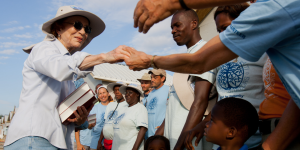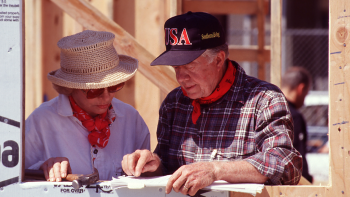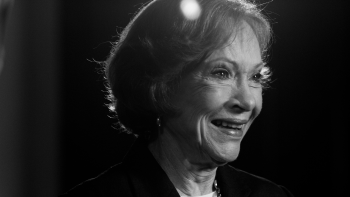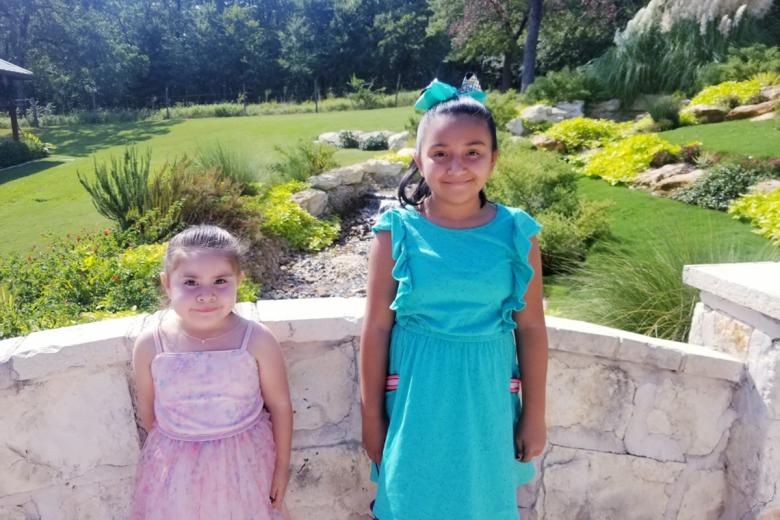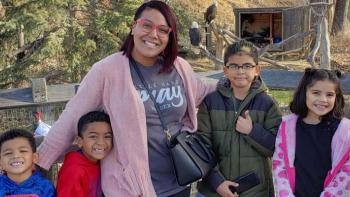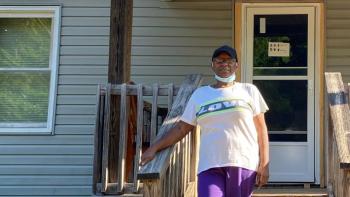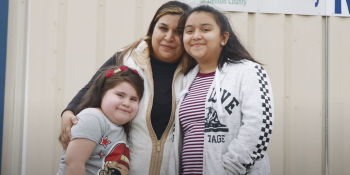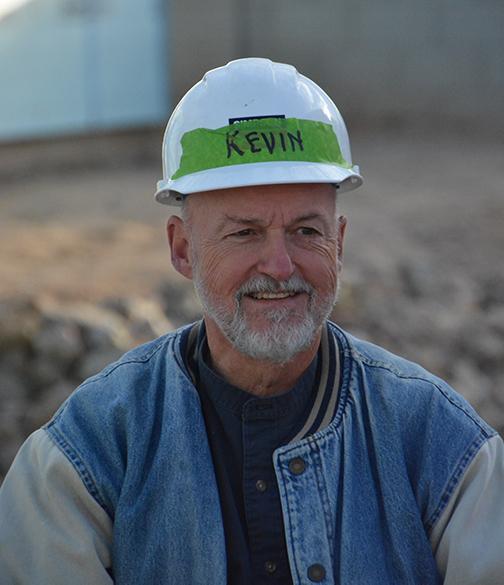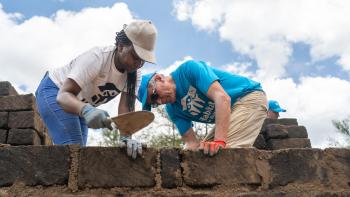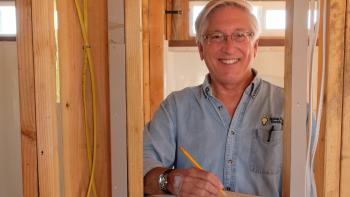How Habitat helped shape former first lady Rosalynn Carter
For over 30 years, former first lady Rosalynn Carter dedicated her voice, time and energy to building and advocating for affordable housing alongside Habitat. She once sat down with us to share why the mission of a decent, affordable home kept her coming back year after year.
For over 30 years, former first lady Rosalynn Carter dedicated her voice, time and energy to building and advocating for affordable housing alongside Habitat. Through her tireless work, she helped build thousands of homes and touched the lives of homeowners and volunteers across the world.
She once sat down with us to share how Habitat’s life-changing work impacted her and why the mission of a decent, affordable home kept her coming back year after year.
Q: What does home mean to you?
A: My home is a haven for me. Jimmy and I do a lot of things, and I am always glad to get back home. My things are there. My memories are there. It is just security and safety for me.
Q: Why is a home important for families?
A: We have been with Habitat for so long and have seen so many people finally have a home. It really does change their lives and the lives of their whole family. It gives them a sense of belonging, a sense of self-esteem. When somebody has a home, they don’t have to struggle as much to find a place to stay. They have more time for family, more time for children. It is just life-changing.
Q: Why do you build with Habitat year after year?
A: If you could see the expression on the faces of the people when we give them a Bible and the keys to their house, you would know why. It is just so inspiring. It is really emotional. We always cry. It’s the families that keep us going.”
Q: What do you hope families have learned from you?
A: I hope they feel that we really care about them and that they have a home to live in.
Q: What have you learned from Habitat families?
A: I have become aware of the great needs of people who don’t have a home. Their values are just the same as ours. They want an opportunity to have good lives. That is what Habitat is about. It just makes you want to keep building more houses.
Q: What has it been like building with Habitat?
A: The first house we ever worked on was in New York City. It was an old burned out building — the rafters were charred where people had been burning stuff to keep warm.
I told Jimmy that I would help with the food, that I was not going to do hammering. The only thing I had ever done was to nail a nail into the wall to hang a picture. Jimmy asked me and some other women to pry up some linoleum from the floor. Just before we finished, somebody brought some boards for us to nail down. The first day, I was hammering.
I am a fairly accomplished carpenter now. I’ve even framed a door, which is not easy. I never dreamed I would be a carpenter. And I really enjoy doing it, too. It is so much fun to see a house go up.
Q: What’s it like building with Trisha Yearwood and Garth Brooks?
A: They are wonderful workers — they work solid all day long. I have seen her lying on her back on a rafter hammering. I have been impressed from the first year they came, and they have come a good many now.
Q: What’s it like building alongside President Carter?
A: We do most things together, but this is so different. It is a good feeling to be together with him. Some of our children go with us almost every time. It is just a wonderful, wonderful experience.
Q: Why people should volunteer with Habitat?
A: So many people want to do something good and don’t know what to do. For anybody who wants to get involved with an organization, there is nothing that they could do that would give them such a life-changing experience as Habitat.
This is something that brings together people who have everything they need and those who don’t have so many things we take for granted. You come to know the homeowner and love the homeowner and their family. It makes you aware and care about the people and hope they have good lives and good homes.
It has made me a better person.
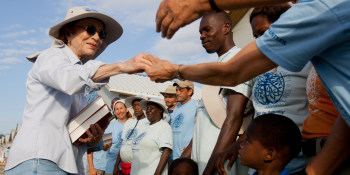
How Habitat helped shape former first lady Rosalynn Carter
